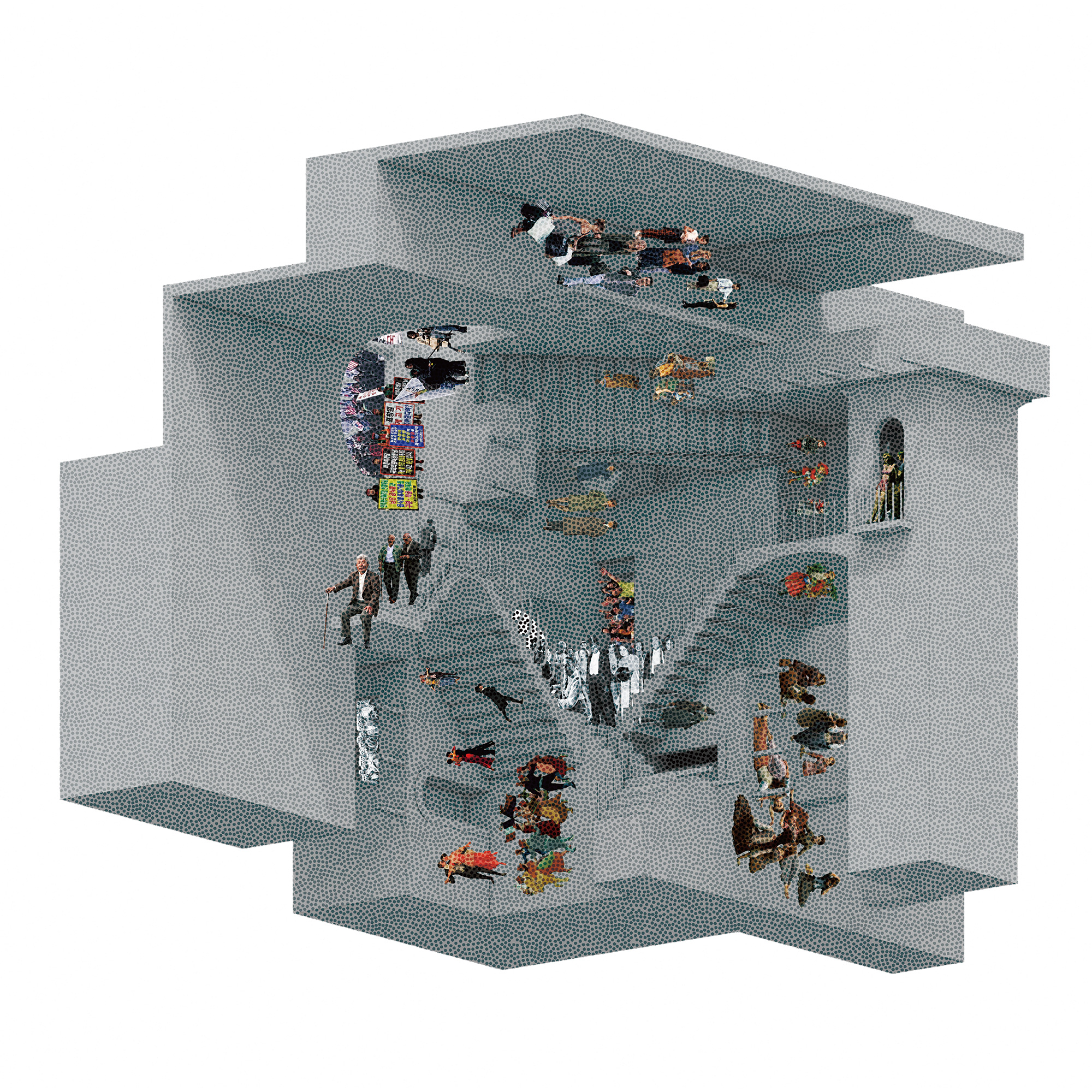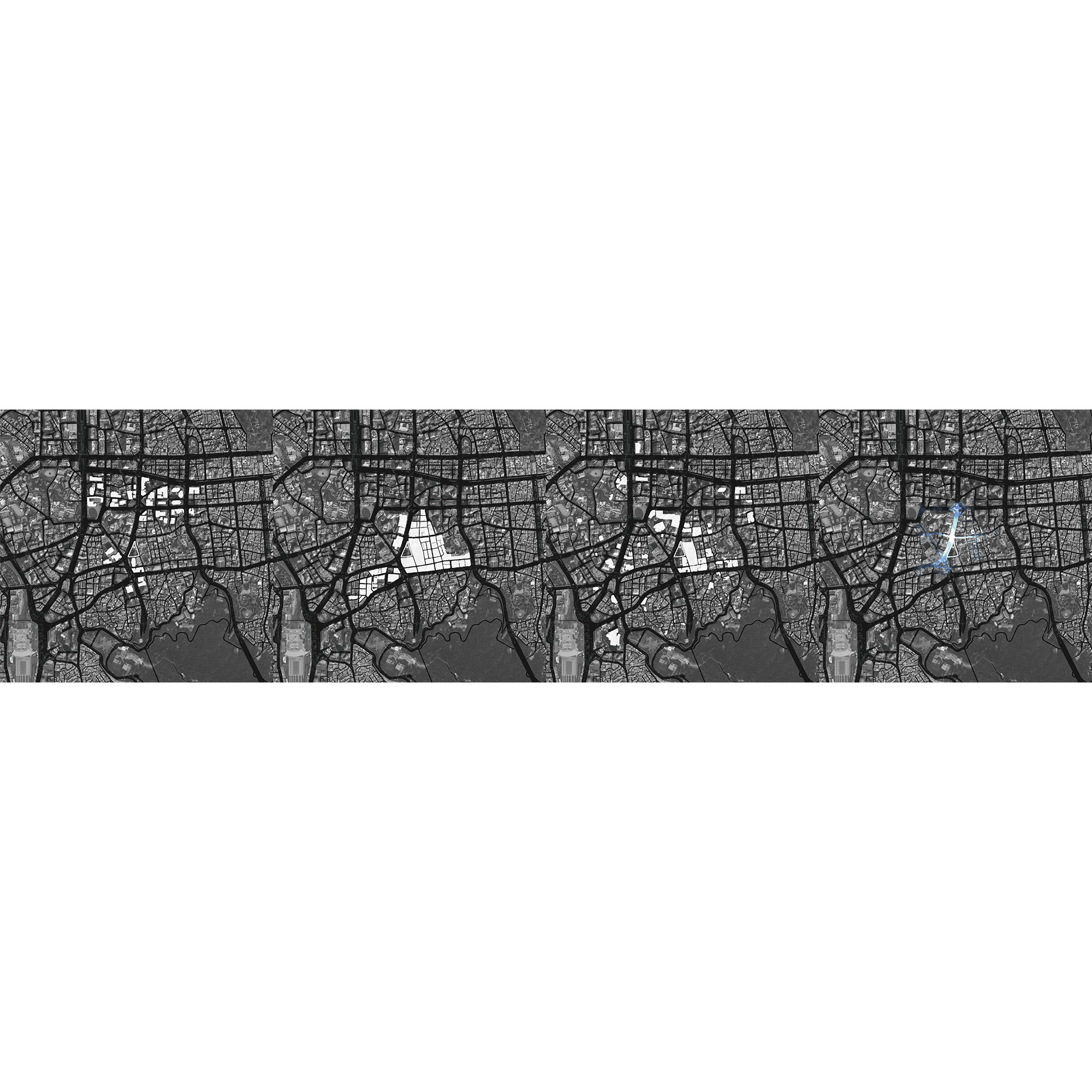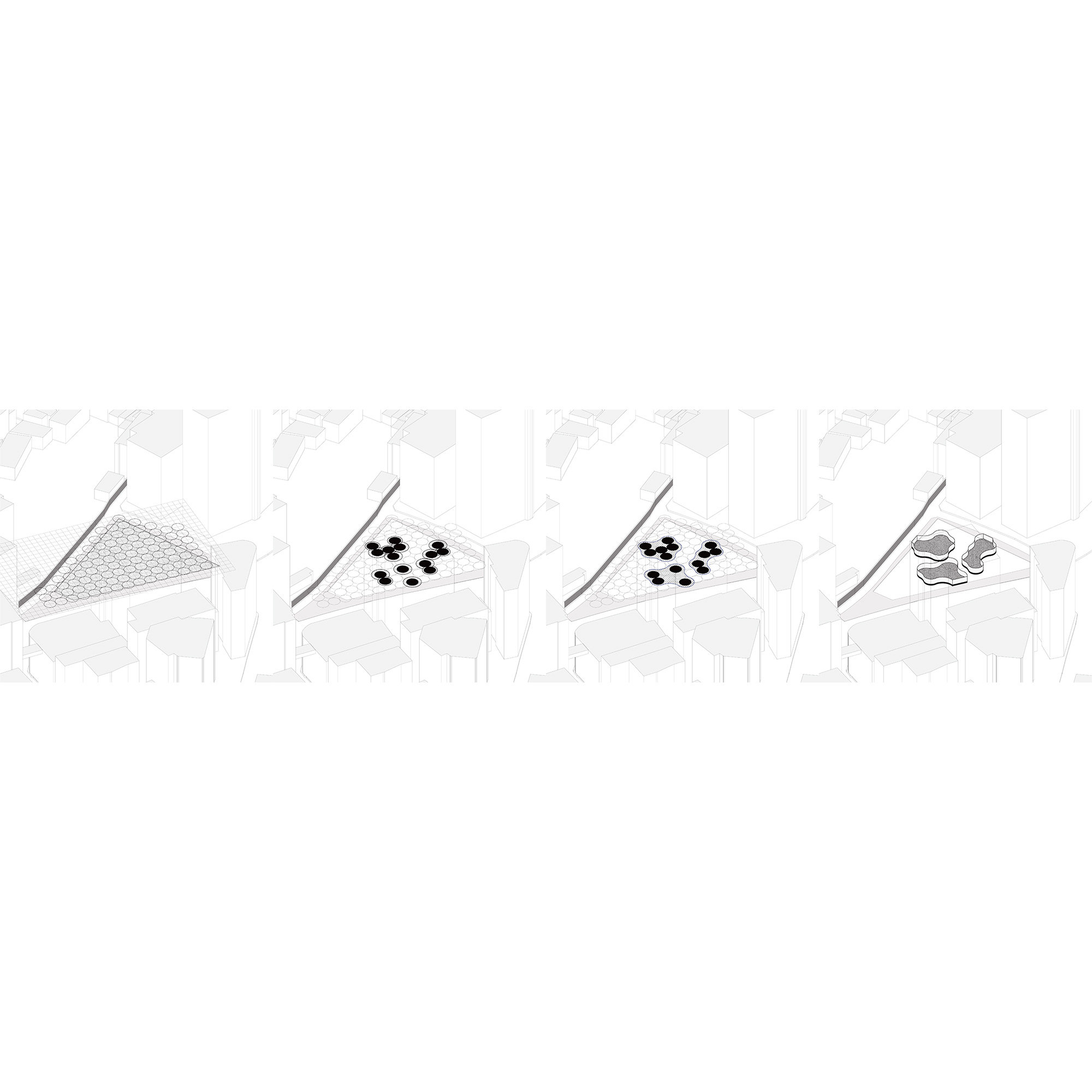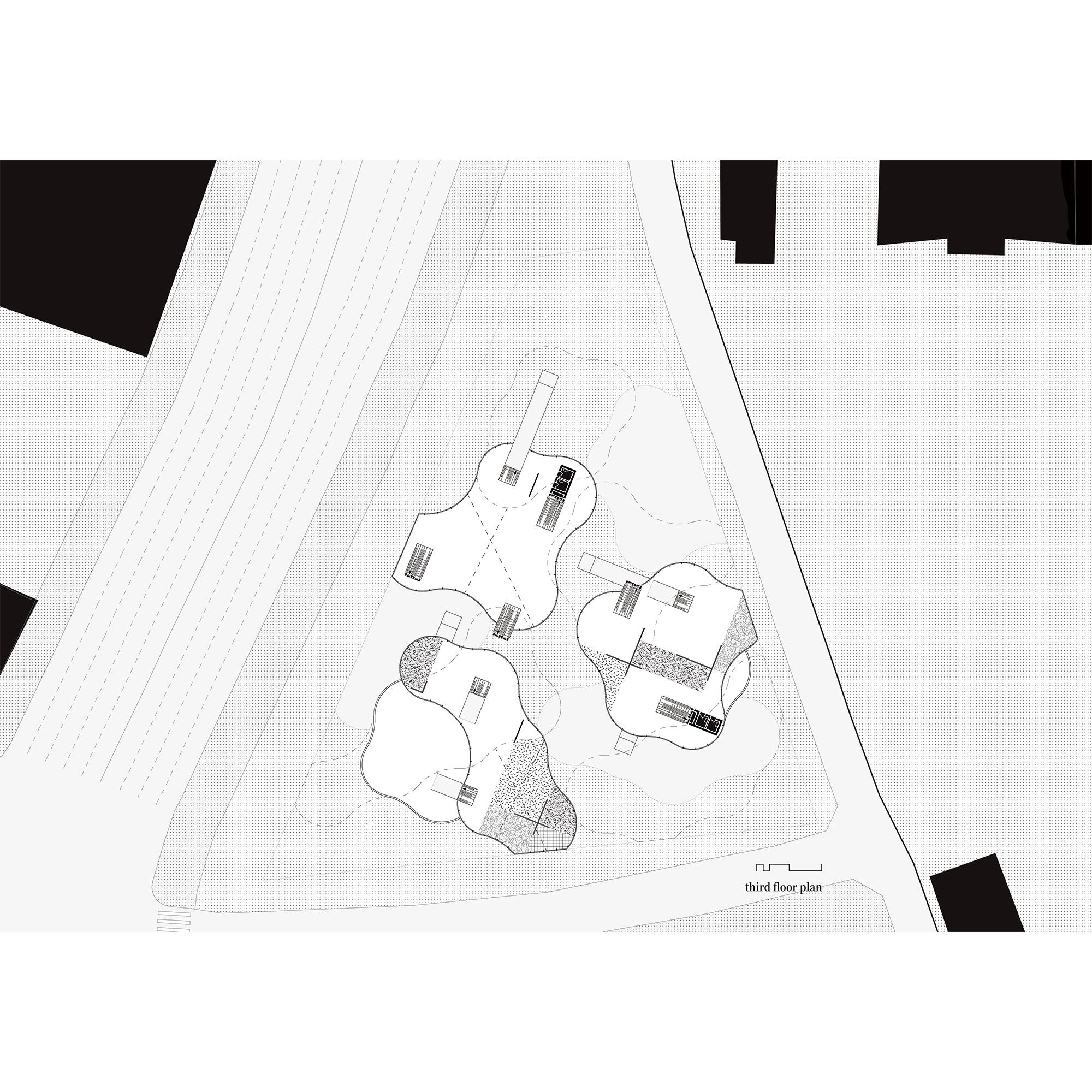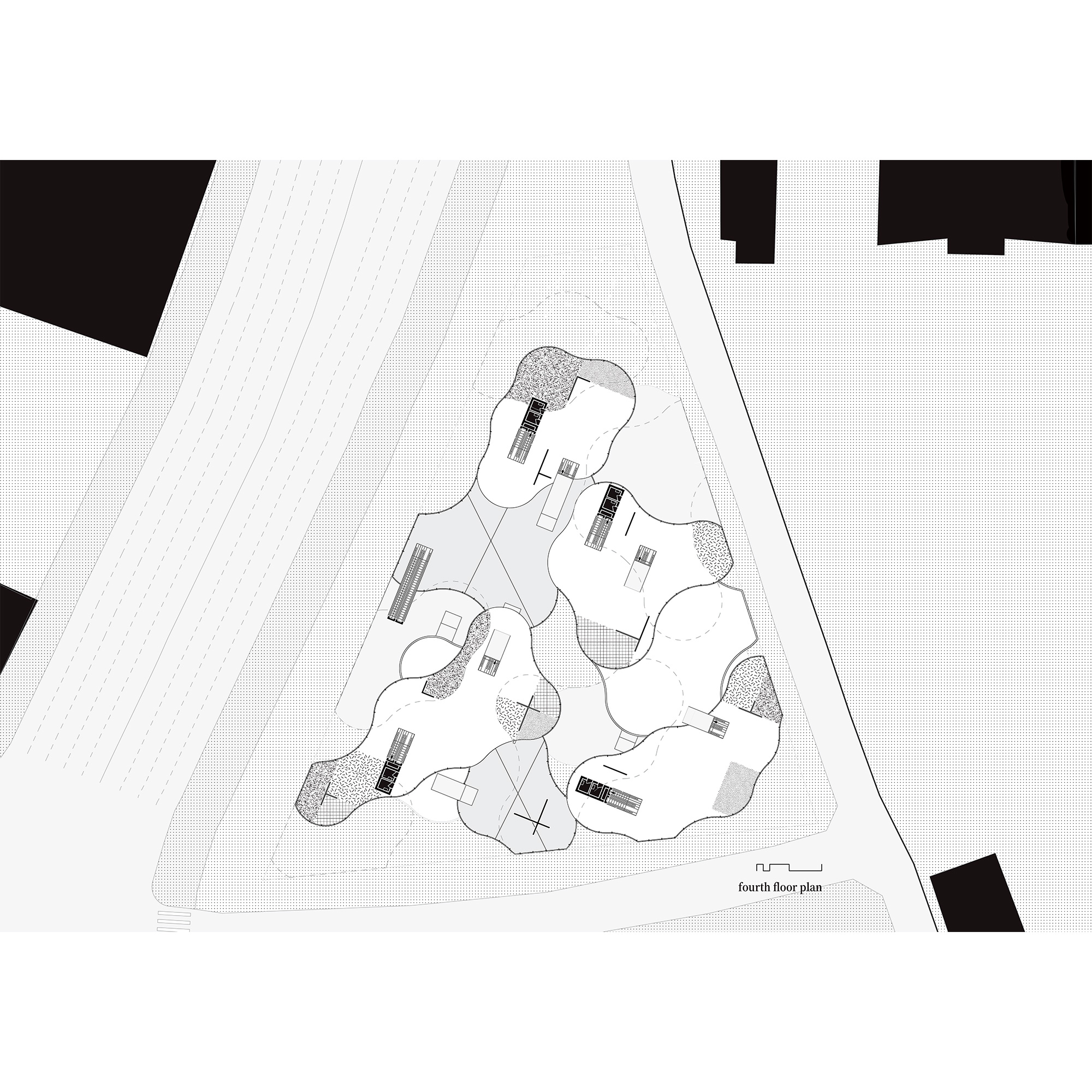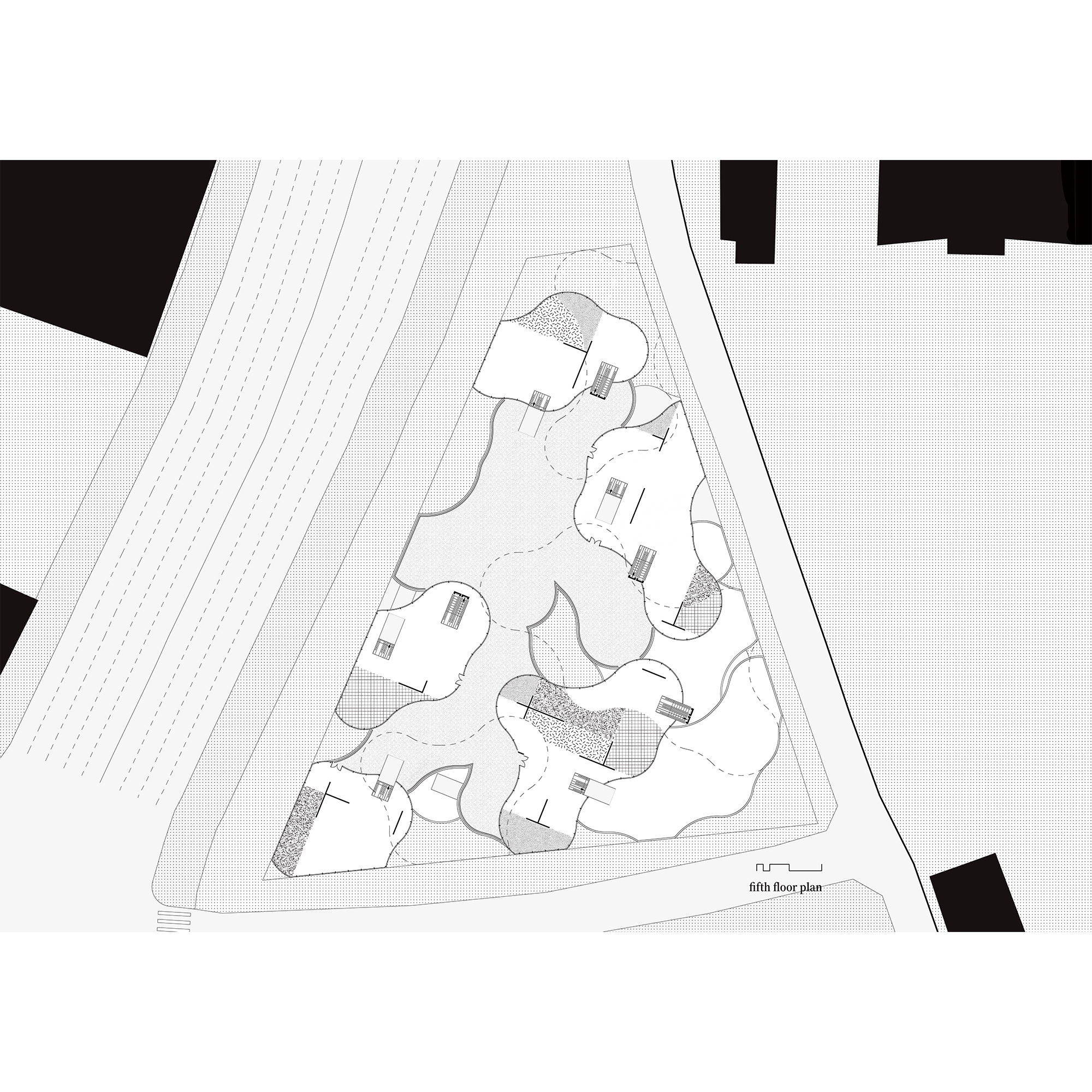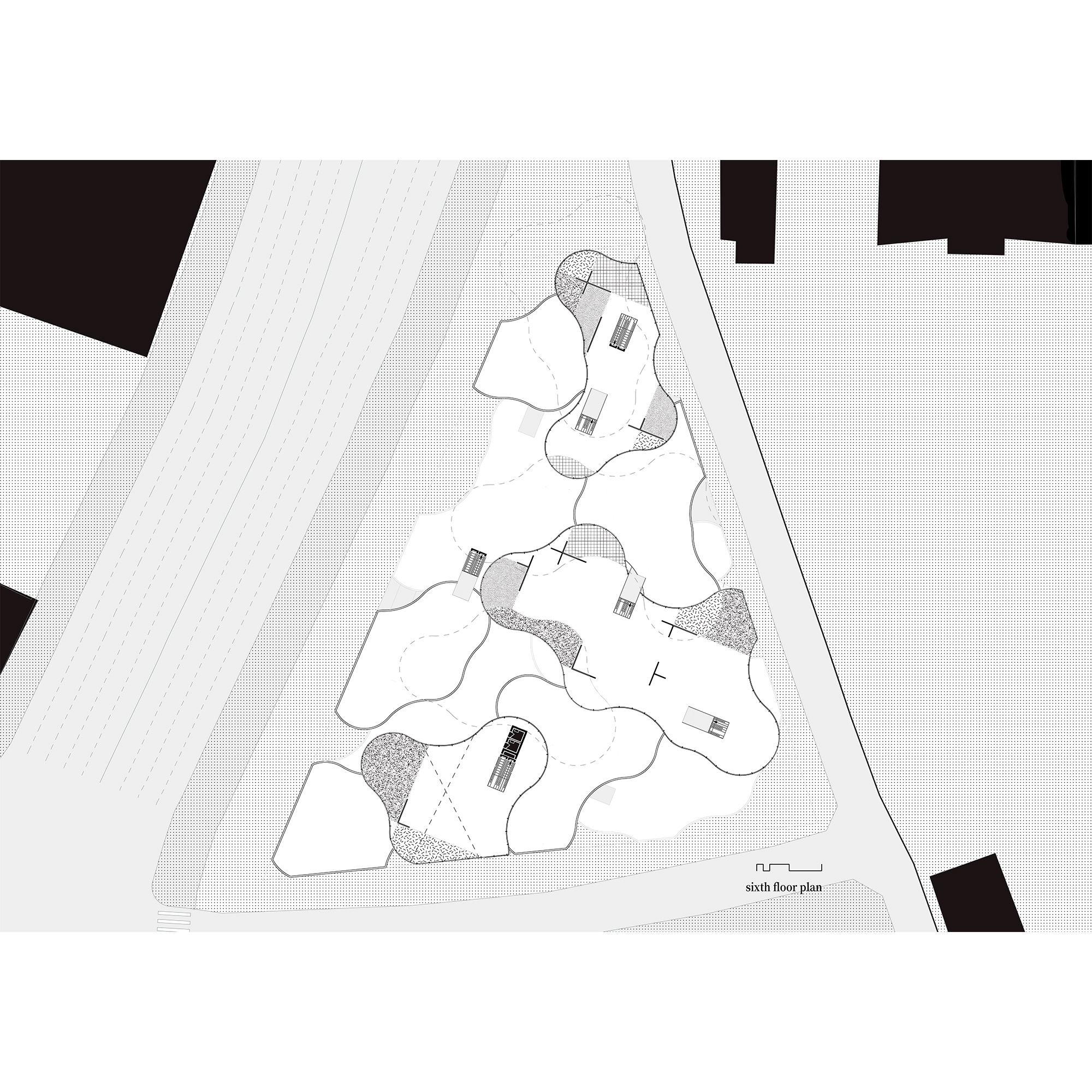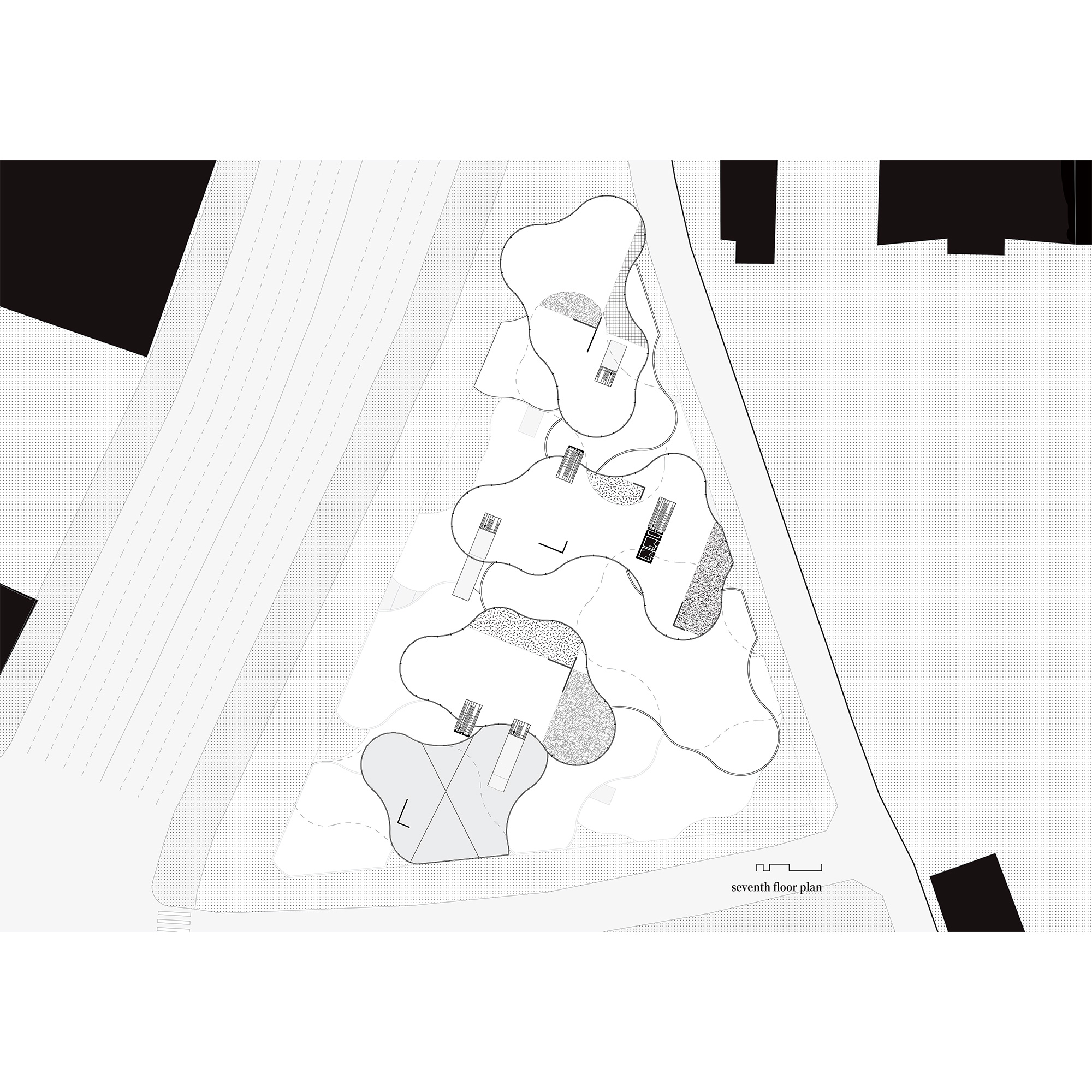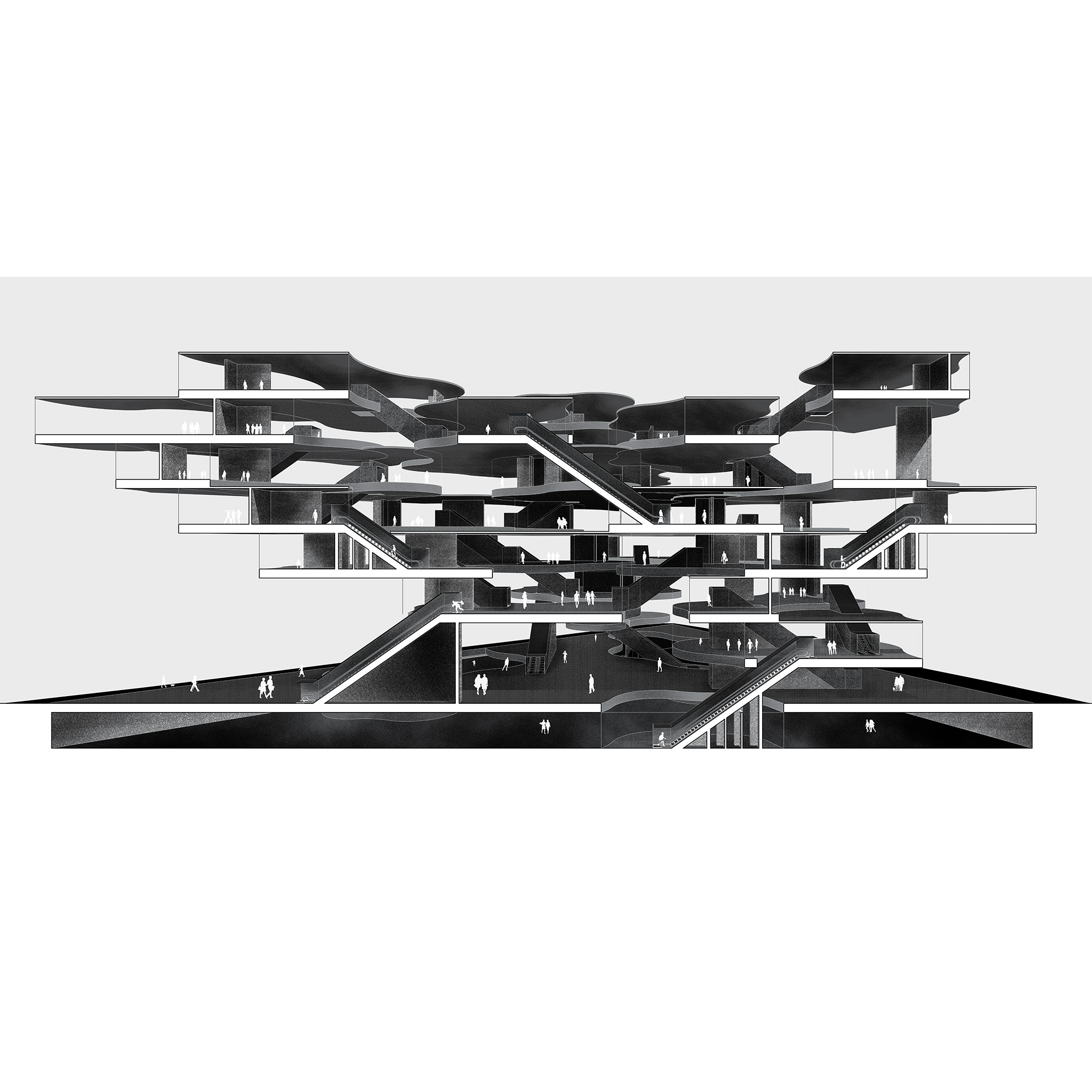유지선
Yoo Jiseon
유대인 격리지구를 일컫던 단어에서 빈민가나 소수자들의 밀집 지역을 뜻하게 된 게토(ghetto)는 줄곧 억압에 의해 정체성이 부여된 곳, 타자화된 몸들의 장소였다. 베네치아에 첫 게토가 생긴 이후 오랜 시간이 지난 지금도 다수에 의한 일방향적인 타자화가 낳은 장소는 존속되고 있다. 그러나 동시에 보다 독립적인 존재로 거듭난 현대인들은 정체성을 공고화하기 위해 자발적으로 게토를 형성하기도 한다. 방향성과 자발성을 떠나 끊임없이 형성되고 변모하는 현대의 게토는 도시의 단면을 드러낸다. 이동과 점유를 통해 타자화의 주체와 대상이 역전되는 공간, 수많은 게토의 집합체로서의 공간은 사람들 간의 관계를 가시화하고 현대 사회에서 지속되는 일방향적인 억압에 의문을 제기할 것이다. 몰(mall)은 목적 없이 방문하는 공간이다. 몰은 재화를 구입하는 상점 그 이상의 기능을 가지며 몰에 방문하는 것은 그 자체로 이벤트가 된다. 몰에 다양한 사람들이 모이는 모습은 공원을 연상케 한다. 이처럼 몰은 타자화하기와 타자화되기의 관계를 끊임없이 역전하는 장소로서의 가능성을 가진다. 타자화를 작동하게 하는 것은 어떠한 조건도 아닌 공간이 주는 감각이며, 타자화의 실천 또한 공간을 통해 가능하다. 사람들은 에스컬레이터 위에 올라 하나의 게토에서 다른 게토로 이동한다. 에스컬레이터는 유일한 동선 체계로써 모든 공간을 연결해주는 동시에 공간과 공간을 분절하는 경계가 된다.
The term Ghetto has changed its meaning from Jewish segregation district to slums populated by minority groups. Ghetto has been a place of objectified bodies, where its identity has been imposed by the majority. Places of unilateral objectification subsist until now. But at the same time, we have spontaneously formed ghettos to consolidate our own identities. Ever-changing ghettos echo a cross section of our cities. A place where the object and the subject of objectification are reversed through movement and occupation, an aggregation of a myriad of ghettos intensifies and envisions relationships among people and raises doubts on one-sided suppression.
